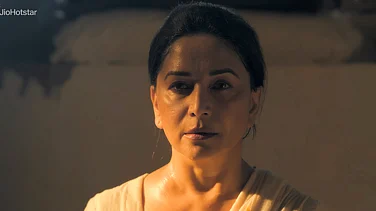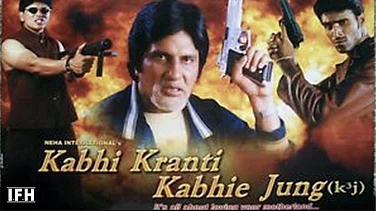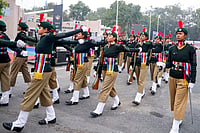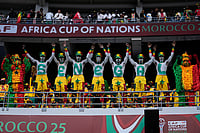Through his artwork ‘Day Zero’, Pranay Dutta, 28, shares his anxieties on the impact of climate change and wars on humans. In this interview with Abhik Bhattacharya, Dutta, whose work is displayed at the fifth edition of the Kochi-Muziris Biennale, talks about his technique and his views on art.
How did you arrive at the idea of ‘Day Zero’?
‘Day Zero’ concentrates on a segment of my research from the larger study of water and mountain ecologies in the Himalayan and Eastern and North-Eastern regions. The idea was to present it as an immersive simulation, complete with video sculptures. The work derives from image-based, geological and climatic evidence of ecological and infrastructural violence. The tendency of humankind towards formal/structural reinvention troubles the protocols used for scientific exploration and political organisation of water. It further undergirds the consequences of its unequal use and distribution. The simulation presents a landscape without humans for us to temporarily occupy, turning participants into witnesses of a possible future. It uses the atmosphere as a site to stage the politics of water–as a melting, evaporating surface, as currency and its vulnerability to toxicity, contamination and contagion.

What drove you to think of the apocalypse as a theme to reflect upon?
I have been travelling, ever since childhood, specifically to the ecologies that are being tampered with by both human and natural interventions. I would make frequent visits to these places and started to understand the implications as I saw them change over time. With age came awareness of the climate crisis and I started to look at these changes much more carefully. These spaces gradually started to seep into my practice during art college. Art became a tool to translate my concerns and think about the way I look at what lies ahead based on my experiences from the past up until the present. I think this is how I arrived at ideas of dystopia, hegemony and its interrelationship with geology, society, culture, economy and the Anthropocene.
What inspired you to use gaming components in your work?
The computer entered our household when I was 5 or 6. My brother and I got absolutely mesmerised by the world it opened up us to. At that time, games, despite being rudimentary and primitive, were the ultimate window to worlds that we had never dreamt of. We witnessed gaming languages evolve during the millennium and beyond. I think both gaming languages and cinema have had a deep impact on the way I see things. That was my earliest encounter with visual art. I have delved into everything that goes into building these worlds in terms of processes and have been trying to find ways to merge the two in my practice. World building is very essential to my practice. A lot of it relies on magic realism and make-believe. The key to it is how convincing these worlds can be to the viewers who are essentially witnesses to them.

The use of black-and-white and silhouette in your works give a dark impression. Is it deliberate?
I have always been fascinated by the use of black-and-white imagery in photography and cinema. The moment I take colour away from any image, my eyes are no longer distracted. It helps me see the structural qualities of the image better. It allows me to focus solely on building up the visuals using tones. My concerns are derived from the cynicism and neglect of today to speculate and forecast what is to come. These speculative futures look rather grim and desolate. I believe the void in colour helps me to build the narratives and generate the desired mood within the visuals.
With the overwhelming presence of the digital world, most of the art works are taking a digital turn. What are the pros and cons of this?
The digital era has brought with it a medium that holds immense potential in art making. Artists are intuitive and sensitive to the evolution of languages. A lot of artists find digital to be their preferred medium. There is a linearity to the way that technology has segued into art practice. There is always going to be inhibition about anything new but it also brings in with it a whole new spectrum of possibilities. Artificial Intelligence (AI) can be both catalytic and disruptive for art making. One cannot disregard the fact that AI has made its presence felt in the art world as an extremely powerful tool and also as an asset that enables us to effectively generate behaviour within our works.

How do you perceive art?
Art is a form of tool or lens to be more precise, which allows me to perceive my surroundings much more carefully. It helps me learn/unlearn things about the world. It helps and gives a voice to my psyche, the subconscious, and the subliminal spaces that otherwise remain silent and are often overlooked. It helps in processing and translating information that is being absorbed on a regular basis in a much more personal manner.
The age-old debate—art is for art’s sake or for the sake of people—is still relevant. What are your views on this?
I do understand the argument of art being for art’s sake and the need to continue practicing, irrespective of an audience. I can forget about viewership while I am creating these works but once it steps outside of the studio, feedback is important. I believe that viewers are witnesses of sorts within the worlds I create. My work would not be alive without people viewing it. I want them to temporarily occupy these not-so-distant futures which are otherwise devoid of human beings.



























